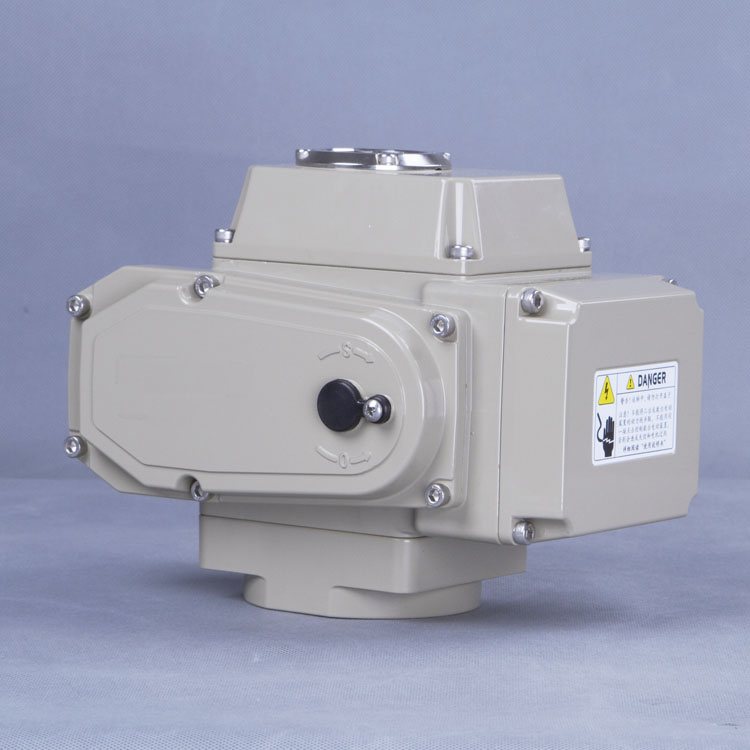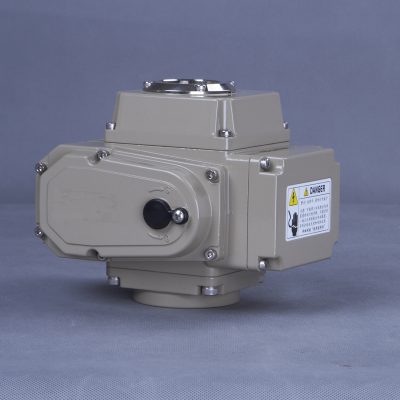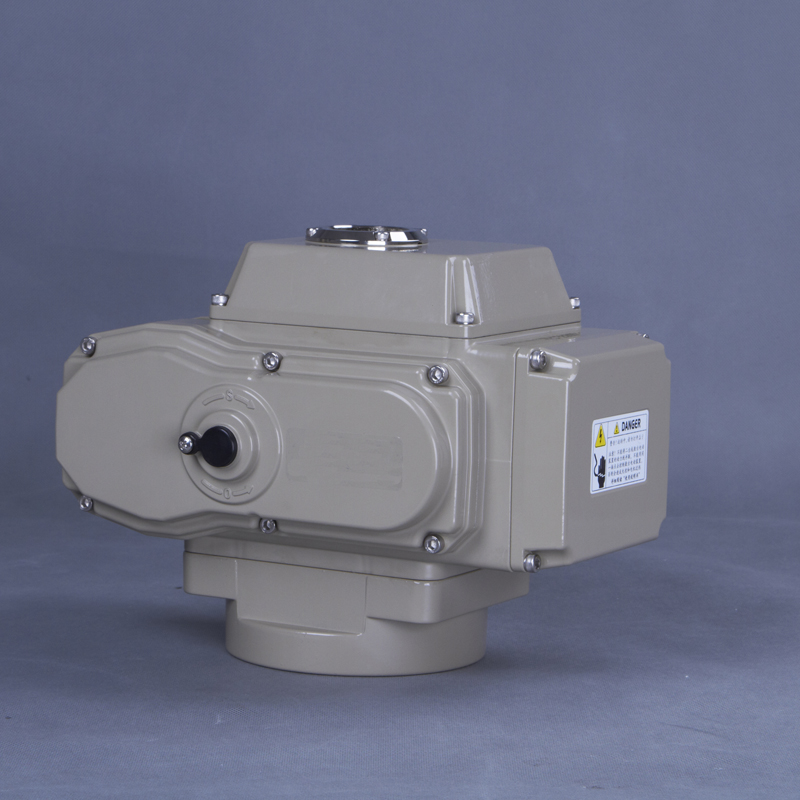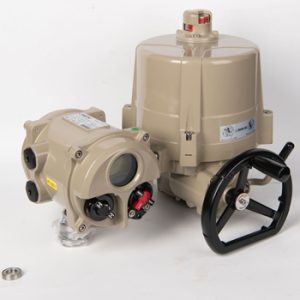Description
The electric actuator is a high-performance solution designed to meet the demanding needs of modern industrial environments. Engineered for precision and efficiency, it seamlessly automates valve operations, ensuring exceptional reliability and operational excellence. This actuator is compatible with various electric valve actuators, including electric actuated ball valves and electric actuated butterfly valves, making it an indispensable tool for industries such as chemical processing, water treatment, oil and gas, and power generation.
Standard Features
– Quarter turn operation with mechanical limits for accurate and reliable actuation.
– Rugged Type 4X weatherproof aluminum alloy enclosure, ensuring durability in harsh environments.
– Visual valve position indicator, providing clear, real-time feedback.
– Manual override, allowing operation during power failures.
– Heavy-duty motor with overload protection, guaranteeing consistent performance under demanding conditions.
– Thermostatically controlled anti-condensation heater, preventing internal damage caused by moisture accumulation.
– Two auxiliary limit switches, confirming open and closed valve positions for enhanced system assurance.
– Self-locking all metal gear drive, eliminating the need for additional brakes and ensuring secure operation.
– Standard ISO5211 multi-flange valve mounting, simplifying installation and integration into various systems.
– Certified by CSA to rigorous UL429 and CSA C22.2 standards, with CE marking for global compliance.
Electric actuator?is specifically designed for power-to-open and power-to-close functionality, maintaining the last known position in the event of a power loss. When a continuous voltage signal is applied, the actuator’s heavy-duty motor engages, driving a robust all-metal gear system to rotate the output drive exactly 90°. Internal cams activate limit switches to automatically stop the motor, ensuring precise control. Upon receiving a reversing signal, the motor rotates in the opposite direction, reversing the drive position.
This valve actuator is commonly used to automate quarter turn ball valves, butterfly valves, or dampers and is straightforward to install using its ISO5211 multi-flange mounting and double square drive. Its unique integral motor/housing design delivers higher torque output in a compact form, making it a space-efficient solution for high-power applications.
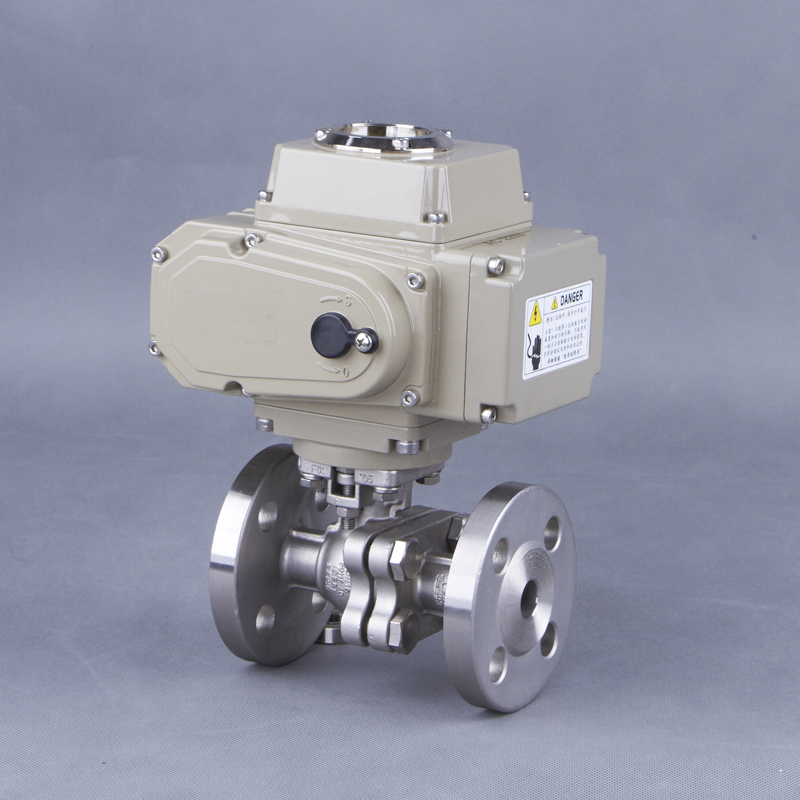
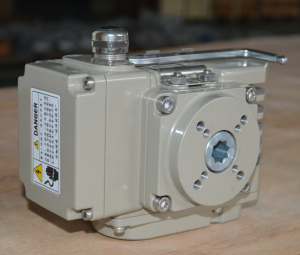
| Actuator style | Small electric actuator | |
| Material | Aluminum alloy | |
| Torque range | 50-6000NM | |
| Size | 50NM 100NM 200NM 400NM 500NM 600NM 1000NM 2000NM 4000NM 600NM | |
| Valve application | Butterfly valve, ball valve | |
| Actuator material | Aluminum Alloy | |
| Travel range: | 0-90° | |
| Voltage | 220VAC, 380VAC, 110VAC,24VDC,110VDC,220VDC | |
| Control method | Switch type, regulating type | |
| Control signal | 4-20mA, 0-10v, 1-5v | |
FAQ
What is an electric actuator?
An electric actuator is a device that uses electrical energy to control the movement of valves or dampers in industrial processes. It converts electrical signals into mechanical motion, allowing systems to operate automatically without manual intervention.
How does an electric actuator work?
Electric actuators use a motor to generate rotational or linear motion, depending on the application. For quarter-turn applications like ball or butterfly valves, the actuator rotates the valve stem 90° by driving its internal gear components. Signals from a control system tell the actuator to open, close, or modulate valve positions precisely.
What are the benefits of using electric actuators over other types?
Electric actuators offer several advantages:
– High precision and reliable control.
– Ease of integration with modern automation systems.
– Cleaner operation without the need for hydraulic fluids or air compressors.
– Low maintenance compared to pneumatic or hydraulic actuators.
– Energy-efficient functionality.
What applications are electric actuators best suited for?
Electric actuators are ideal for applications requiring precise control and automation. Common industries include:
– Chemical Processing – for accurate flow and pressure management.
– Water Treatment – for controlling valve operations in filtration and distribution systems.
– Oil and Gas – for safe handling of flow in pipelines.
– Power Generation – for managing turbines and cooling systems.
– HVAC Systems – for controlling dampers and airflow.

